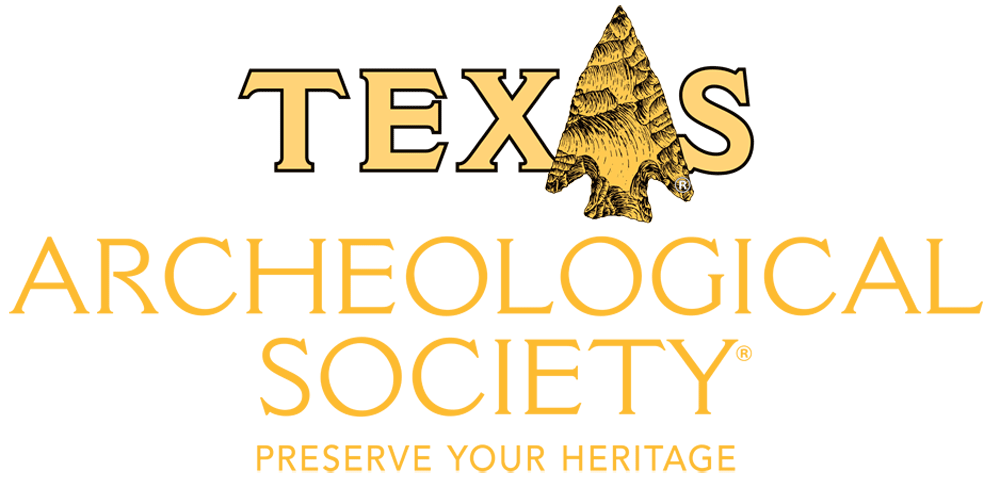ARCHEOLOGY QUESTIONS
Q: How can I get involved with archeology?
A: TAS is a great place to start! With TAS, you can enroll in the annual summer Field School to get hands-on experience. The TAS Academies are a great way to get more in-depth training. You can also attend the TAS Annual Meeting to learn about current research in a wide variety of archeological topics, and meet people involved in archeology throughout the state of Texas. To learn about events and excavations in your area, contact your Regional Director at the link below.
Q: How can I learn more about archeology?
A: There are many fantastic education websites with detailed information about a wide variety of topics in archeology. Some excellent websites include:
The Texas State Historical Association
The SHUMLA Archaeological Research & Education Center
Regional archeological societies can also be a wealth of information for region-specific questions!
Q: What is an artifact?
A: An artifact is an object that was made or used by a human in the past. This can include things like stone tools, arrowpoints, pieces of ceramic vessels, metal objects from weapons or building materials, and lots of other items.
Q: What happens to artifacts after they are excavated? Do archeologists keep the things they find? A: No, archeologists do not keep the artifacts! Generally, whoever owns the land has a say in what happens to the artifacts. Sometimes, private landowners want the artifacts returned to them after they have been studied. Or the artifacts can be donated to a museum or repository to be safely collected and preserved. |
Q: Why is stuff buried in the ground? A: Over time, soil deposition and erosion can lead to objects becoming buried. In places with lots of erosion and deposition (heavy rains, floods, lots of wind, etc.), there can sometimes be many meters of soil over the older human deposits. In other places, there might just be a few centimeters of soil covering artifacts. |
Q: How do archeologists know where to dig?
A: We can use a variety of techniques to determine the location of an archeological site. Sometimes, there are visible signs on the ground surface: building foundations, burned rocks, or visible artifacts. Sometimes, we rely on historical records to figure out where a building may have been. Other times, we can use remote sensing techniques (ground-penetrating radar, etc.) to “see” where large, disturbed areas may appear underground Sometimes, sites are found by accident! This might be when a new building is under construction, or a road is widened.
Q: What tools do archeologists use?
A: Archeologists use a variety of tools to collect data from archeological sites. We use tools like shovels, trowels, brushes, and dustpans to remove dirt from around artifacts. We work slowly and carefully to not damage the artifacts, and to preserve the context of the artifacts (“context” means the exact positional location of an artifact when it is recovered, including its relationships to other artifacts). Excavation is slow and tedious, so we can record as much data as possible from a site.
Q: How do I become an archeologist?
A: Anyone can participate and volunteer with TAS, regardless of previous education or experience. To become a professional archeologist, most people earn a bachelor’s degree in archeology or anthropology from a university, and generally also complete a master’s degree or PhD in archeology as well. Professionals from many other fields are also involved in archeology: GIS/mapping specialists, skeletal anatomists, geologists, and many other areas of study!
Texas Archeological Societytasoffice@txarch.orgTexas Archeological Society, Department of Anthropology, Texas State University, 601 University Drive, San Marcos, Texas 78666-4684 ©2024 by Texas Archeological Society |
